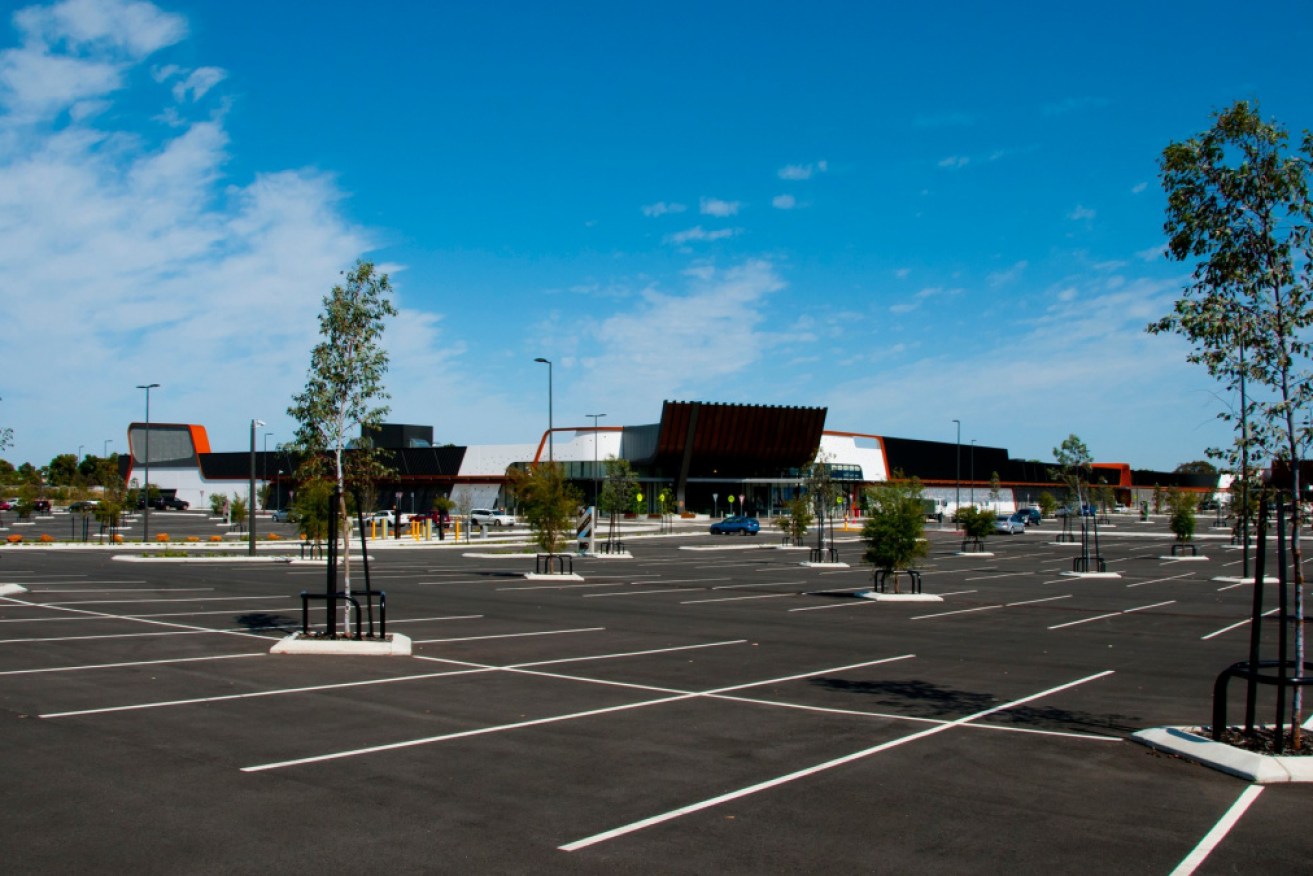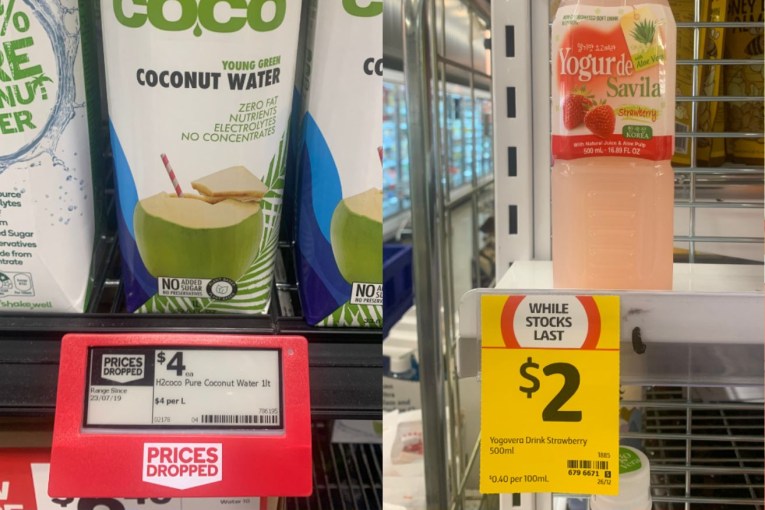Shattered confidence, shuttered stores: Retail pain continues


Shopping centre vacancy rates have hit 20-year highs as the shift away from physical stores accelerates. Photo: Getty
Empty shopfronts are an increasingly common sight on Australian streets as consumers grow concerned about their financial futures.
Shopping centre vacancies hit a 20-year high in June with an average of 5.1 per cent of stores left empty – up from 3.8 per cent in December, research from commercial real estate firm JLL found.
Adding CBD and large-format retail vacancies into that mix, the overall vacancy rate lifts to 6.3 per cent, not including stores that closed temporarily in response to the pandemic.
These closures come despite an uptick in foot traffic and in retail turnover as coronavirus restrictions begin to ease across most of the country.
In May, retail turnovers increased a full 16.9 per cent after falling 17.7 per cent in April, the latest ABS figures show.
The statistics bureau’s quarterly economy wide surveys director Ben James attributed that increase to the “gradual easing of social distancing regulations, and the reopening of physical stores”.
JLL’s senior director of retail research Andrew Quillfeldt said federal government’s multi-billion-dollar stimulus programs have also helped drive the spike in turnovers.
“Government stimulus has generally been supportive of business continuity, employment and households, which partly contributed to the rebound in retail sales,” he said.
“We remain cautious about the outlook for discretionary retail as stimulus measures roll off later in the year which is likely to contribute to an upward trend in vacancy rates.”
Responding to questions from The New Daily, Mr Quillfeldt noted consumer confidence has improved since the height of the pandemic in April.
But consumers are still nervous about their finances, he said, and discretionary spending will likely take a hit in the short term as a result.
The shift to online shopping has also given retailers impetus to vacate physical storefronts, Mr Quillfeldt added.
“Retailers are taking a longer-term view on the optimal size of their store networks as they migrate a higher proportion of their sales to online channels, a trend which has been under way for some time in the sector,” he said.
“We’re just likely to see that trend accelerated and brought forward.”
Melbourne lockdowns torpedo confidence
The accelerating closure of physical shops comes as shoppers take an increasingly bleak view of their future finances.
Consumer confidence declined 0.5 per cent (to 91.6) in the week ending July 12, data from ANZ and Roy Morgan showed.
Tweet from @ANZ_Research
The index records Australians’ attitudes towards their finances, with numbers below 100 indicating that more people have a negative view of their financial circumstances than positive.
The index has remained below 100 since the week ending March 15, briefly dropping as low as 65.3 later that month.
The latest 0.5 per cent drop marks the third consecutive week that confidence has fallen, with Australians’ expectations for their future finances and ability to buy a household item both deteriorating.
The cause of these growing fears is most likely the second round of lockdowns currently in place across the greater Melbourne area and a handful of its neighbouring regions.
Surprisingly, the data showed that Australians’ perception of their current financial situation improved during the week, likely the result of federal government’s extensive fiscal support programs.
“Sentiment toward personal finances is close to unchanged, highlighting the role that the massive fiscal stimulus has played in shielding people from the direct fallout of the economic slump triggered by the health response to the pandemic,” ANZ’s latest report noted.
“How this fiscal support will evolve over the months ahead is the most critical decision facing the government and the economy.”









